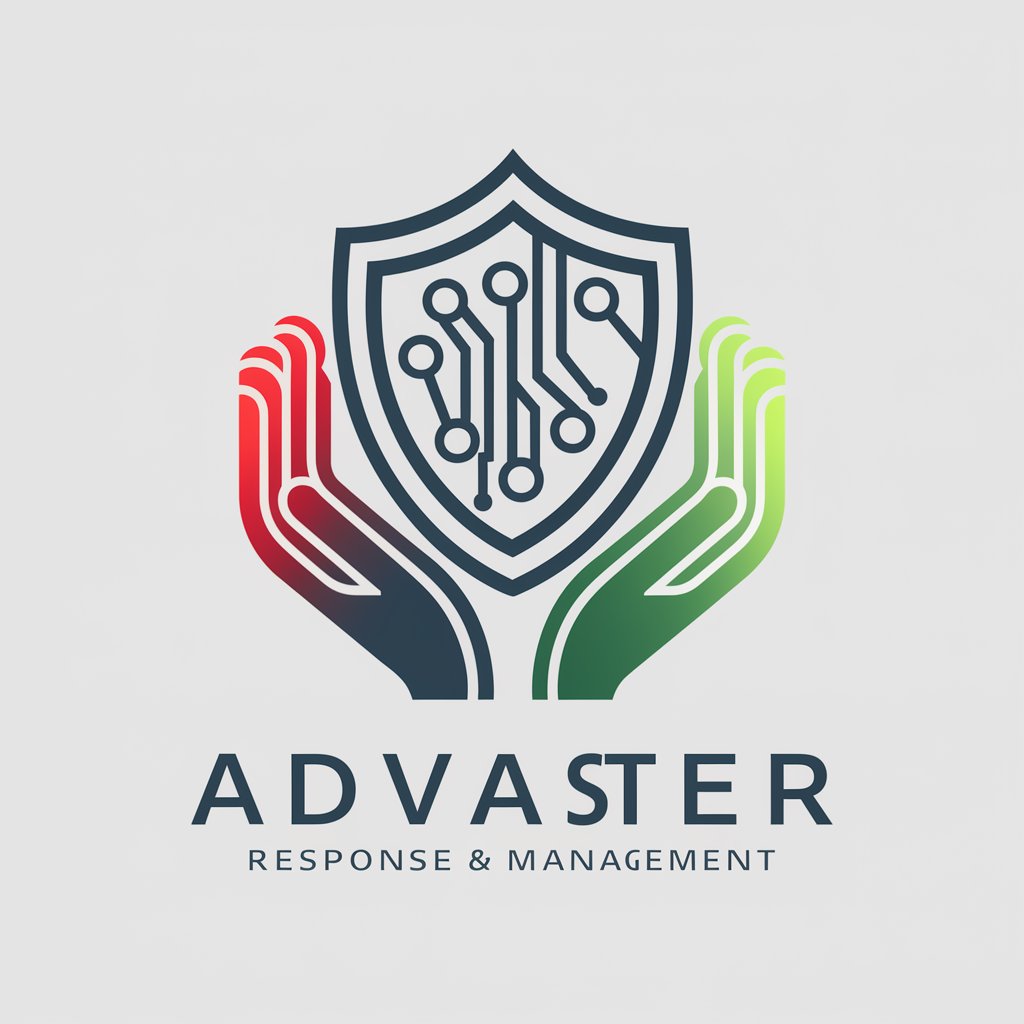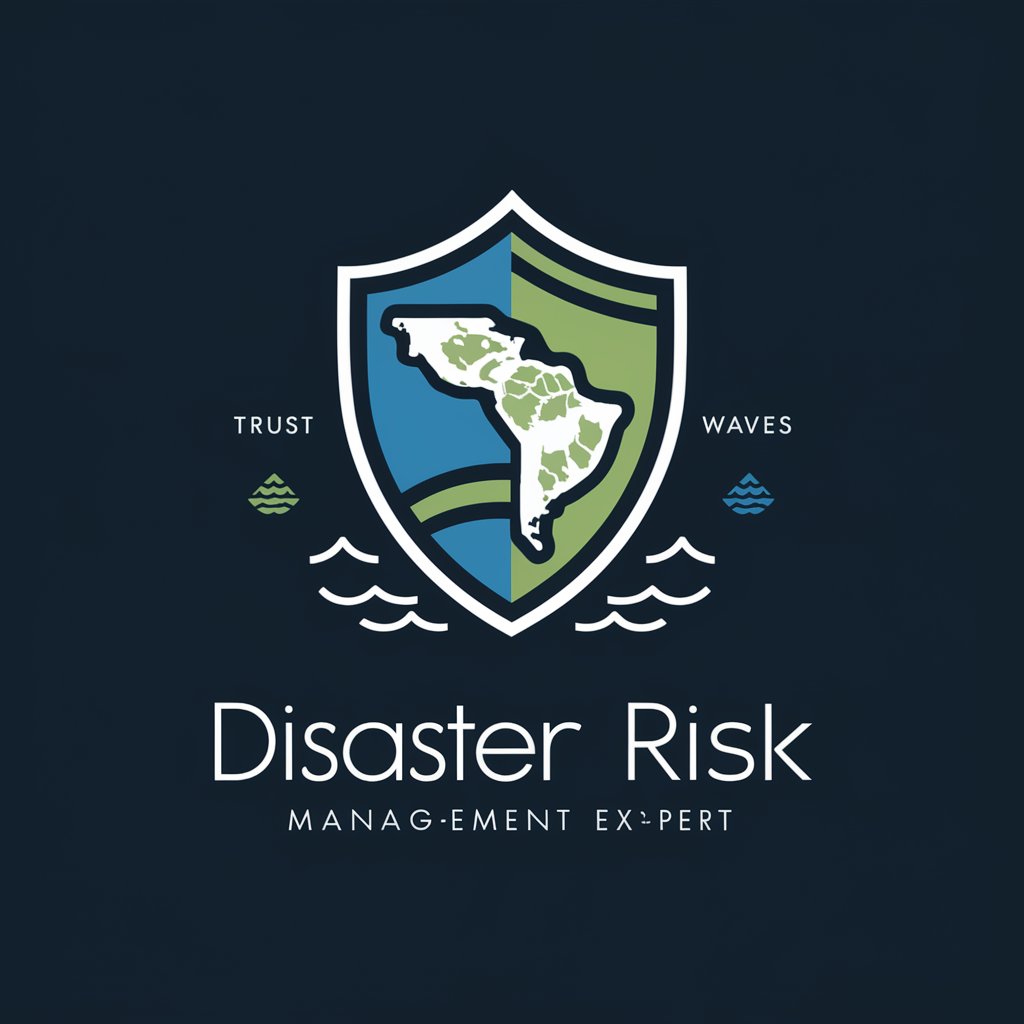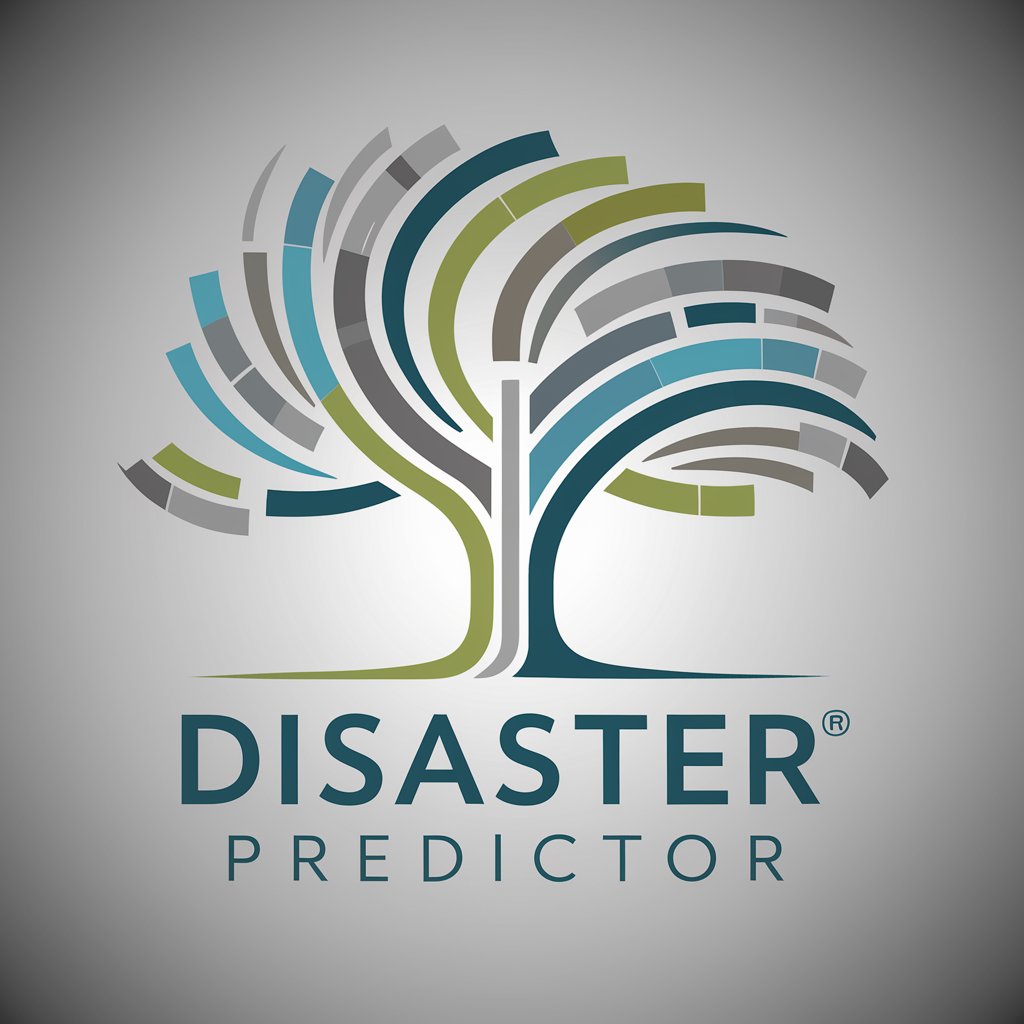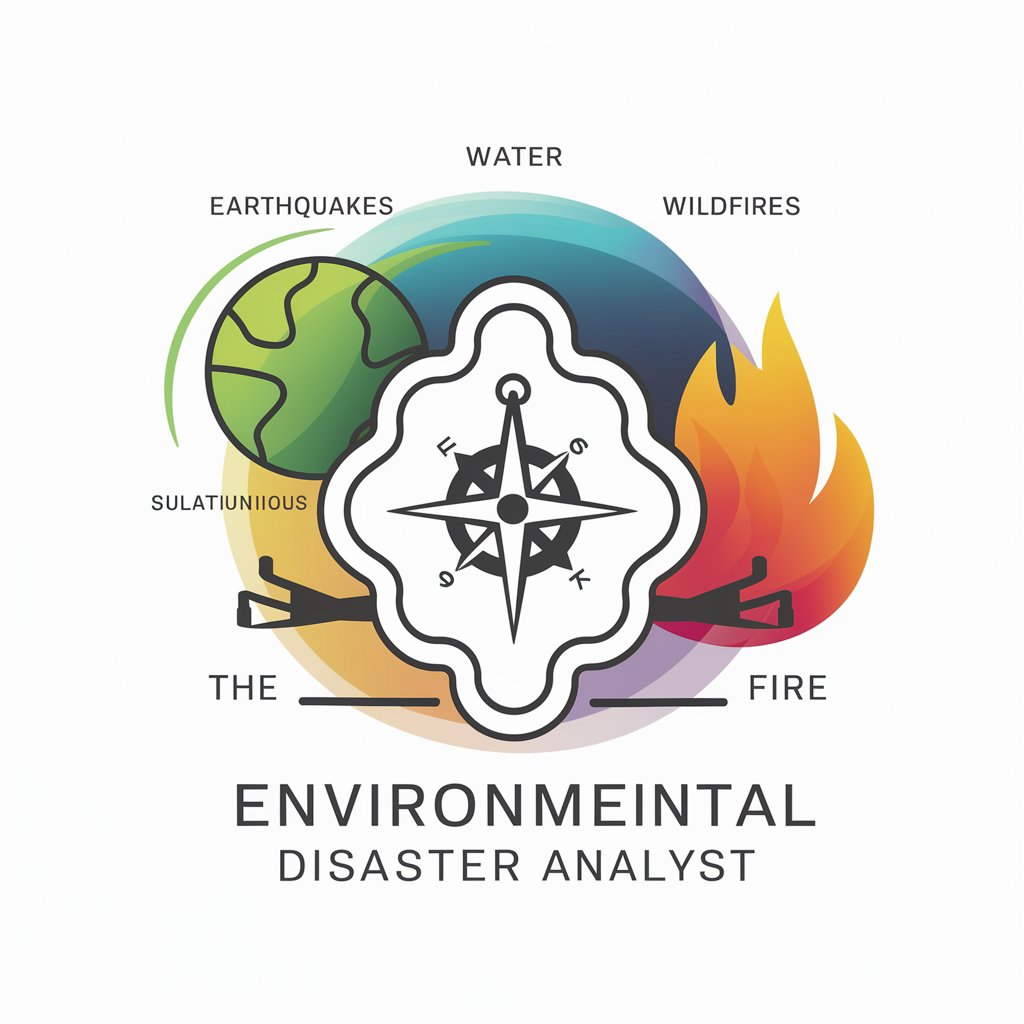
Disaster Response and Analysis - Comprehensive Disaster Analysis
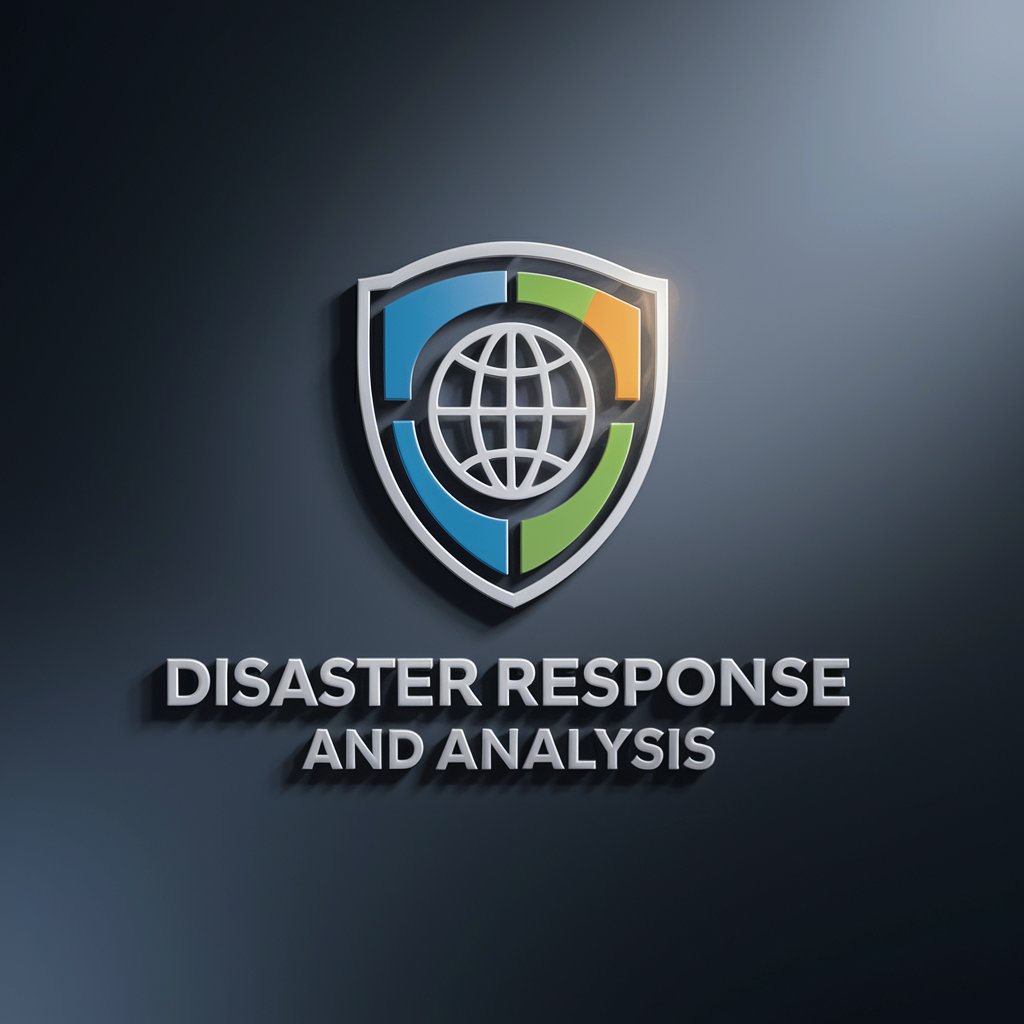
Welcome! Let's dive into disaster response and analysis.
AI-Powered Disaster Insights and Forecasting
Analyze the impact of recent hurricanes on coastal infrastructure and policyholder claims.
Summarize the latest data on wildfire damage and response strategies.
Evaluate the effectiveness of current disaster response policies in mitigating flood impacts.
Provide insights on trends in natural disaster frequency and their implications for insurance policies.
Get Embed Code
Overview of Disaster Response and Analysis
Disaster Response and Analysis is a specialized tool designed to analyze data from natural disasters and catastrophic events to aid in assessing impacts on policyholders and guiding response strategies. It synthesizes information from various sources, providing insights on disaster impacts, trends, and potential response strategies. This tool interprets and summarizes complex data, highlighting key points and suggesting actionable strategies based on the analysis. An example scenario involves a hurricane impacting a coastal area, where the tool would analyze meteorological data, damage reports, and emergency services responses to estimate the overall impact, direct recovery efforts, and improve future preparedness. Powered by ChatGPT-4o。

Key Functions of Disaster Response and Analysis
Impact Assessment
Example
Using satellite imagery and on-ground reports, the tool assesses the extent of damage caused by an earthquake to infrastructure and housing.
Scenario
In the aftermath of an earthquake in a densely populated city, the tool provides detailed visualizations of affected areas and quantifies the severity of damage, facilitating targeted aid and reconstruction efforts.
Trend Analysis
Example
Analyzing data from past floods to predict future vulnerabilities and trends.
Scenario
By examining flood frequency and severity over the past decade in a particular region, the tool helps local governments identify flood-prone areas, enhancing flood defense systems and community resilience planning.
Response Strategy Formulation
Example
Generating optimized routes for emergency vehicles in real-time during a wildfire.
Scenario
When a wildfire spreads across a rural area, the tool calculates the fastest and safest routes for firefighting and evacuation, considering road closures and the spread of the fire, thus aiding in efficient resource deployment and minimizing response times.
Target User Groups for Disaster Response and Analysis
Government Agencies
Local, state, and federal government bodies involved in disaster management can utilize this tool to enhance their preparedness and response strategies. It aids in decision-making by providing data-driven insights into disaster impacts and resource allocation.
Insurance Companies
Insurance providers can use the tool to assess damages quickly and accurately, speeding up the claims process for policyholders affected by disasters. It enables them to analyze risks more effectively and adjust policy premiums based on data-driven risk assessments.
Humanitarian Organizations
NGOs and aid organizations benefit from using this tool to efficiently plan and execute their disaster relief operations. The tool helps them identify the most affected areas and populations, ensuring that aid reaches those most in need in a timely manner.

Guidelines for Using Disaster Response and Analysis
1
Visit yeschat.ai to start a free trial instantly without needing to log in or subscribe to ChatGPT Plus.
2
Identify the type of disaster data you want to analyze, such as natural disasters impact, insurance claims, or resource deployment efficiency.
3
Input your data into the system. This could include geospatial data, temporal data trends, or specific case studies.
4
Utilize the analysis tools to interpret and summarize the data. Look for key patterns, anomalies, or insights relevant to your specific needs.
5
Apply the insights gained to develop actionable strategies for disaster response, mitigation, or further research and policy making.
Try other advanced and practical GPTs
Professional Disaster Advisor
AI-powered disaster readiness
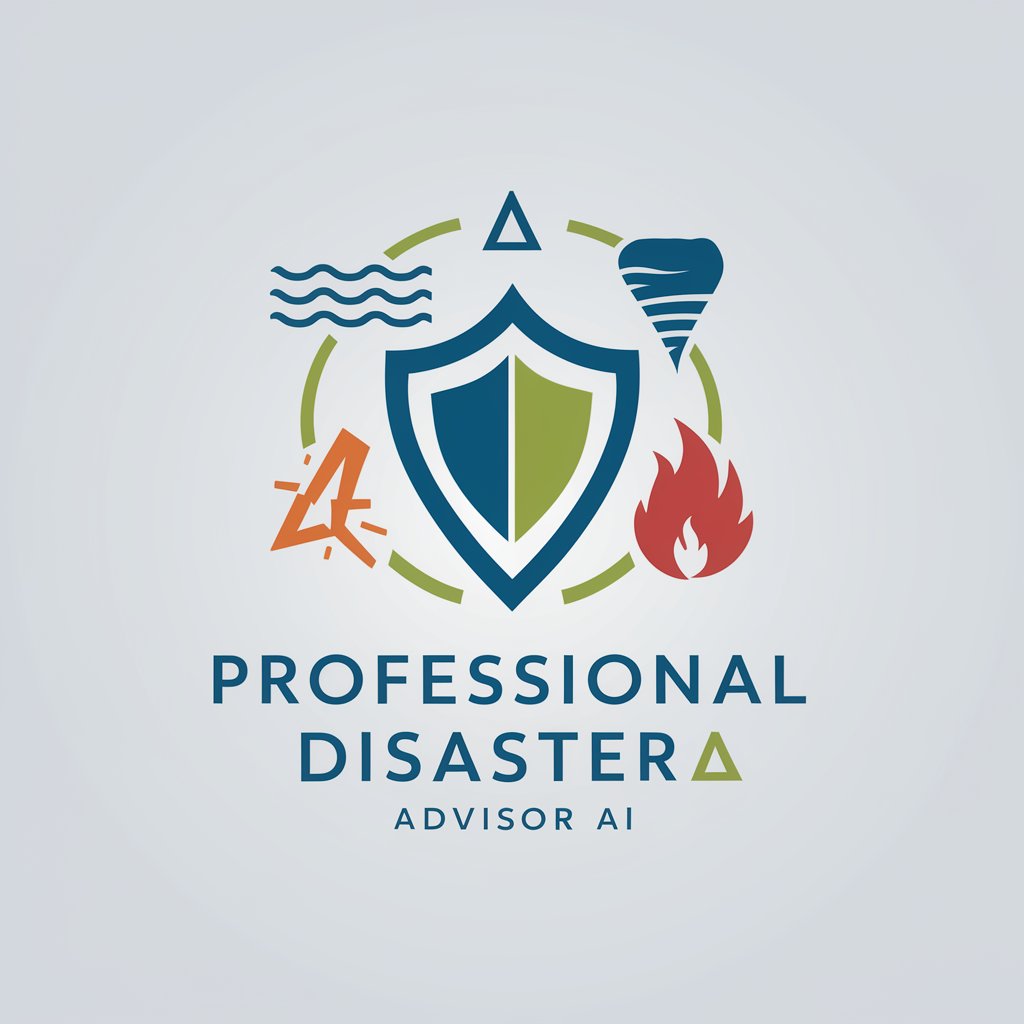
Natural Disaster Predictor
Predict Disasters with AI Insight
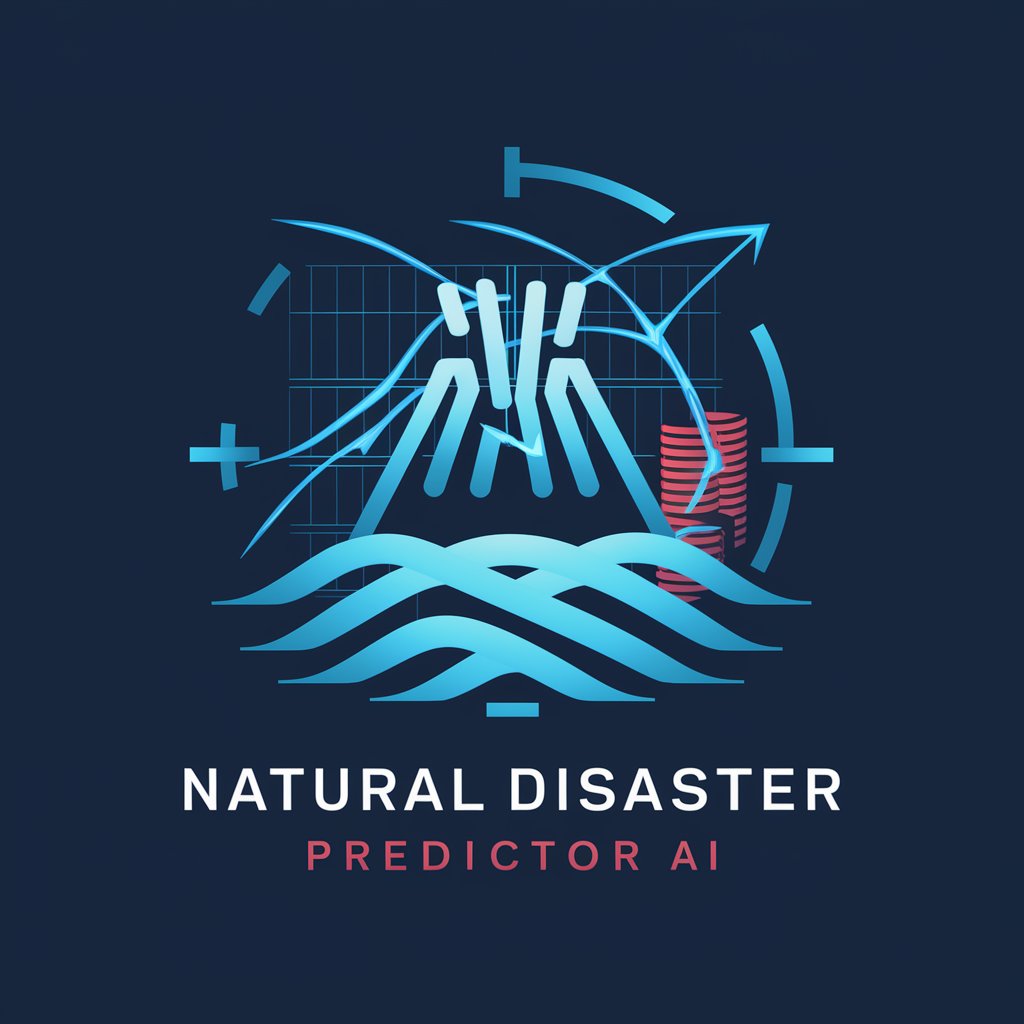
Disaster Guide
Your AI Guide for Surviving Any Disaster
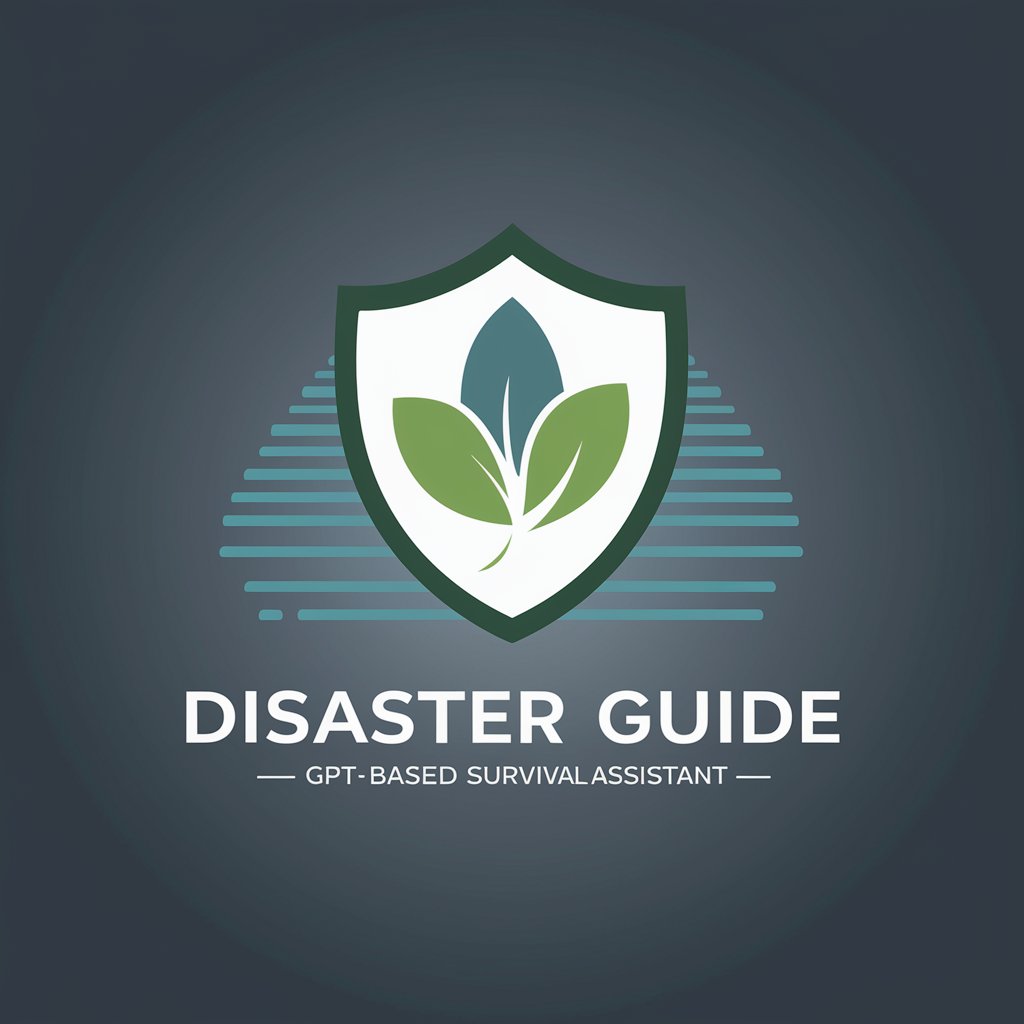
Disaster SafeSpot
Empowering Safety with AI
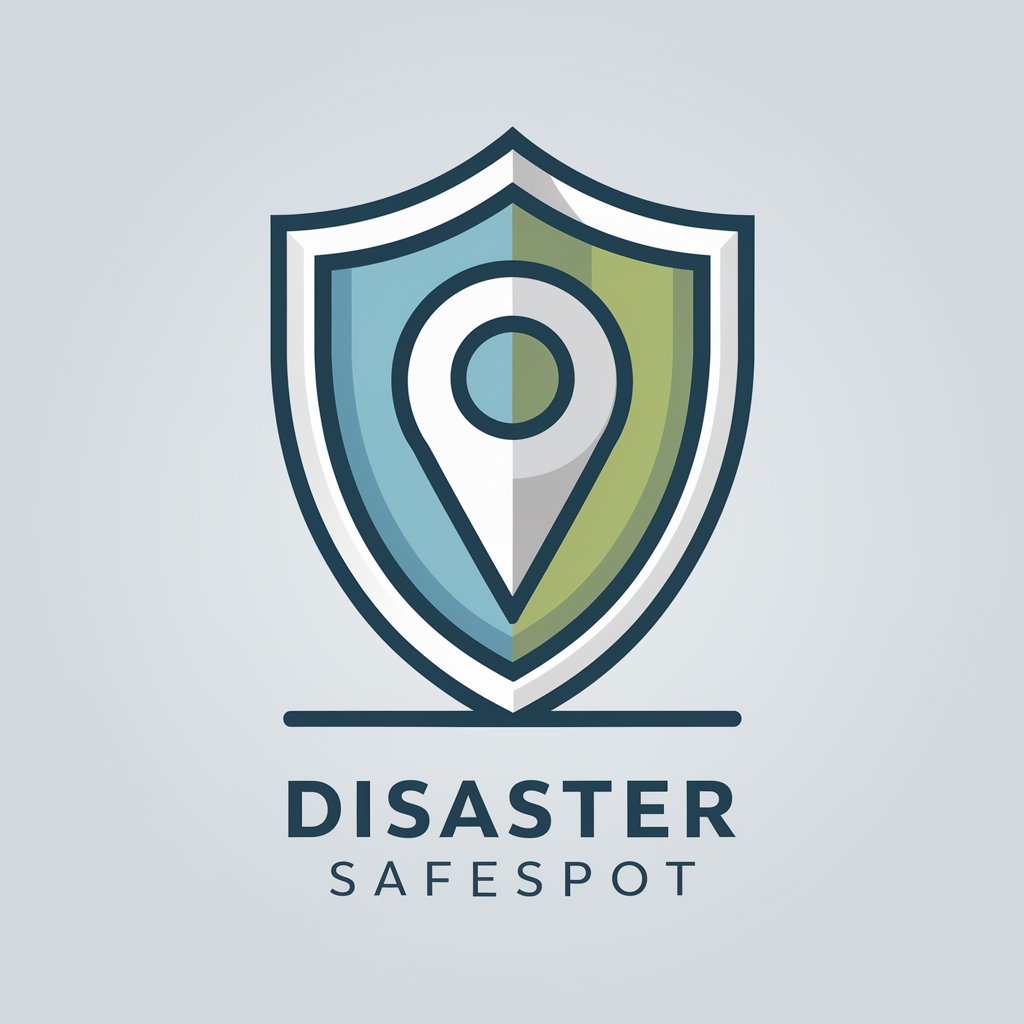
Tax Advisor
Empowering Financial Decisions with AI

Tax Guide
Streamlining Tax Management with AI
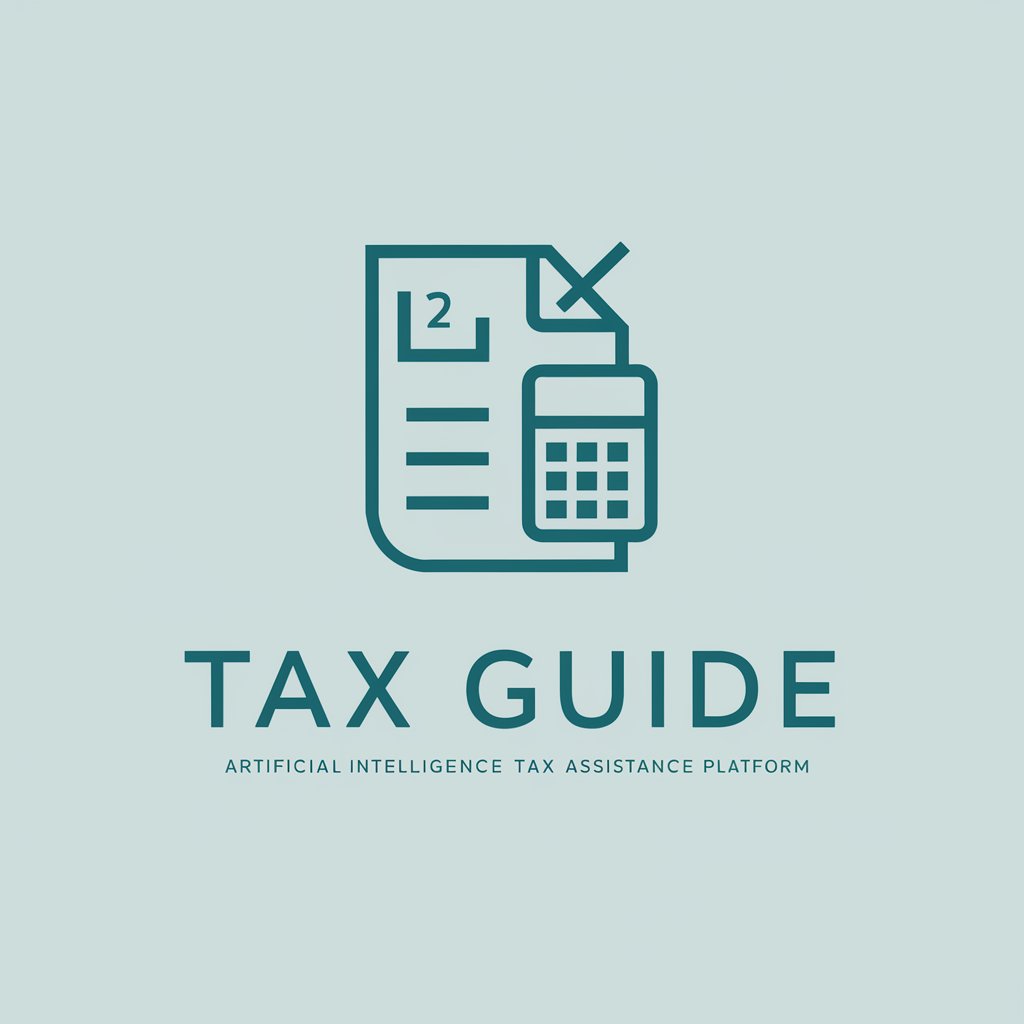
Disaster Program Specialist
AI-powered disaster management support

cataclysmic disaster generator
Visualize Catastrophe, Plan Accordingly
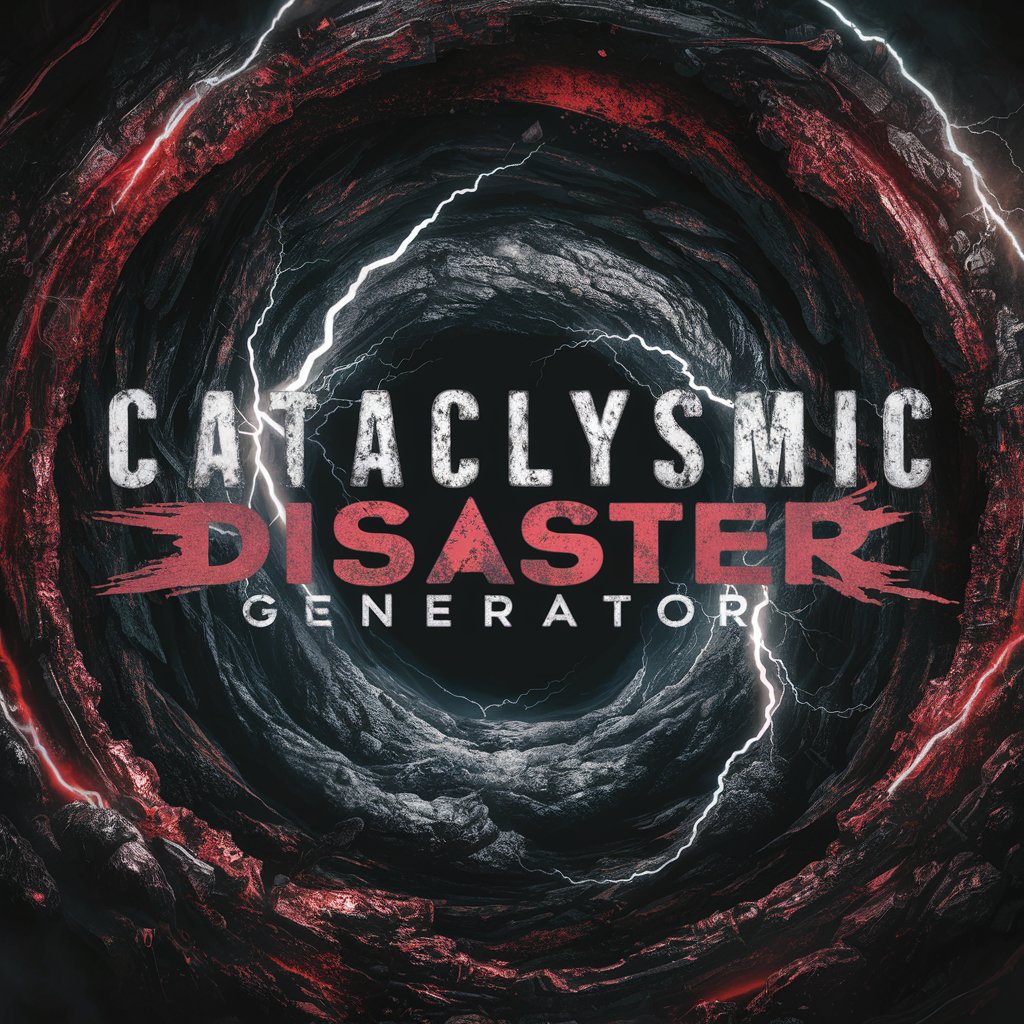
Emergency & Disaster Prep Guide
AI-driven Emergency Readiness
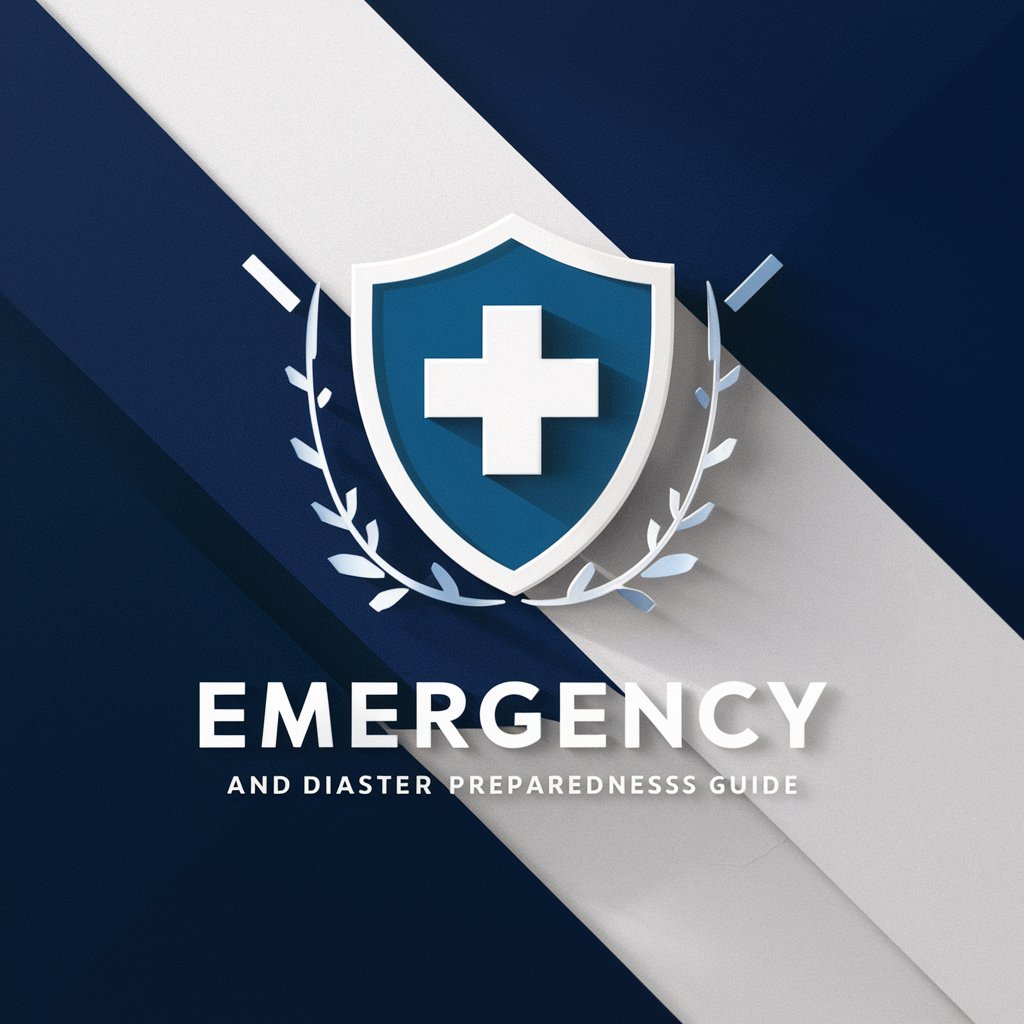
Disaster Prep Sim
Train, Engage, Prepare — AI-Powered
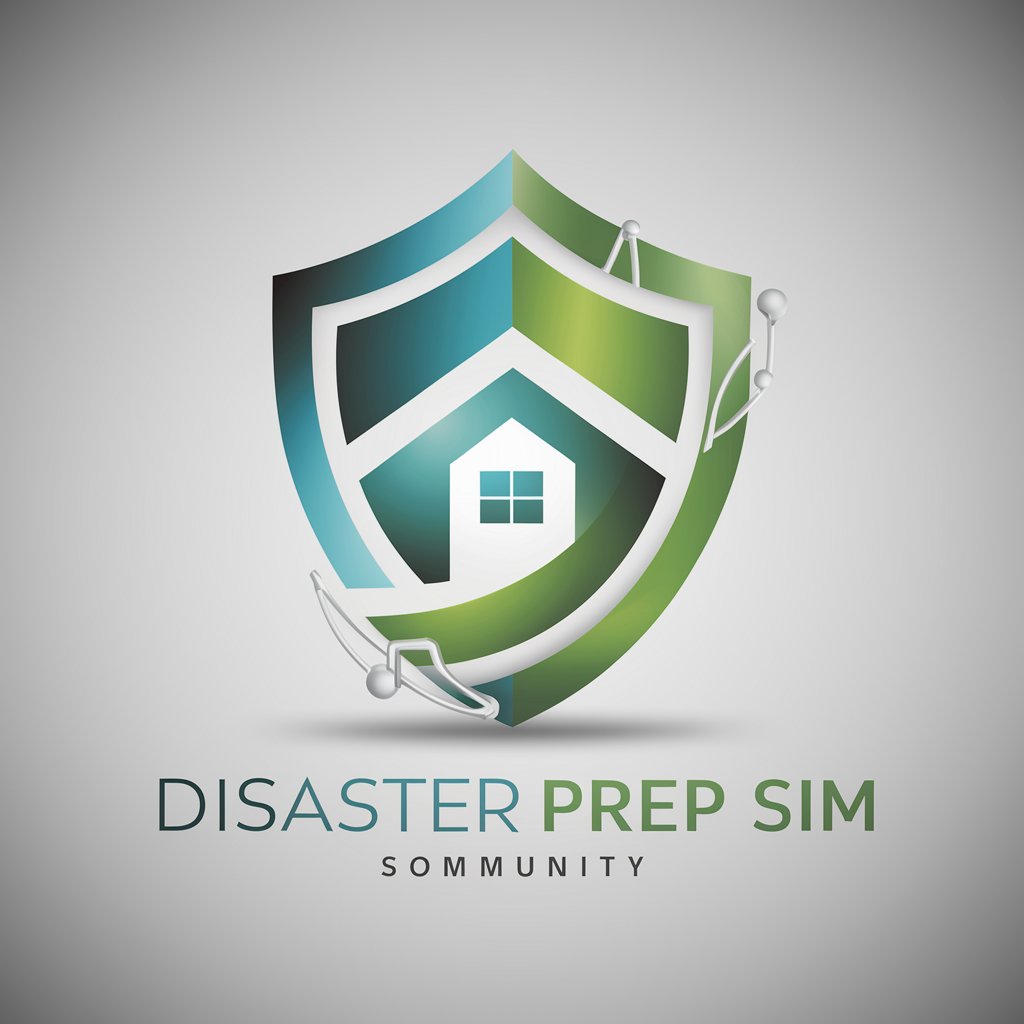
Disaster Prep
Empowering Preparedness with AI
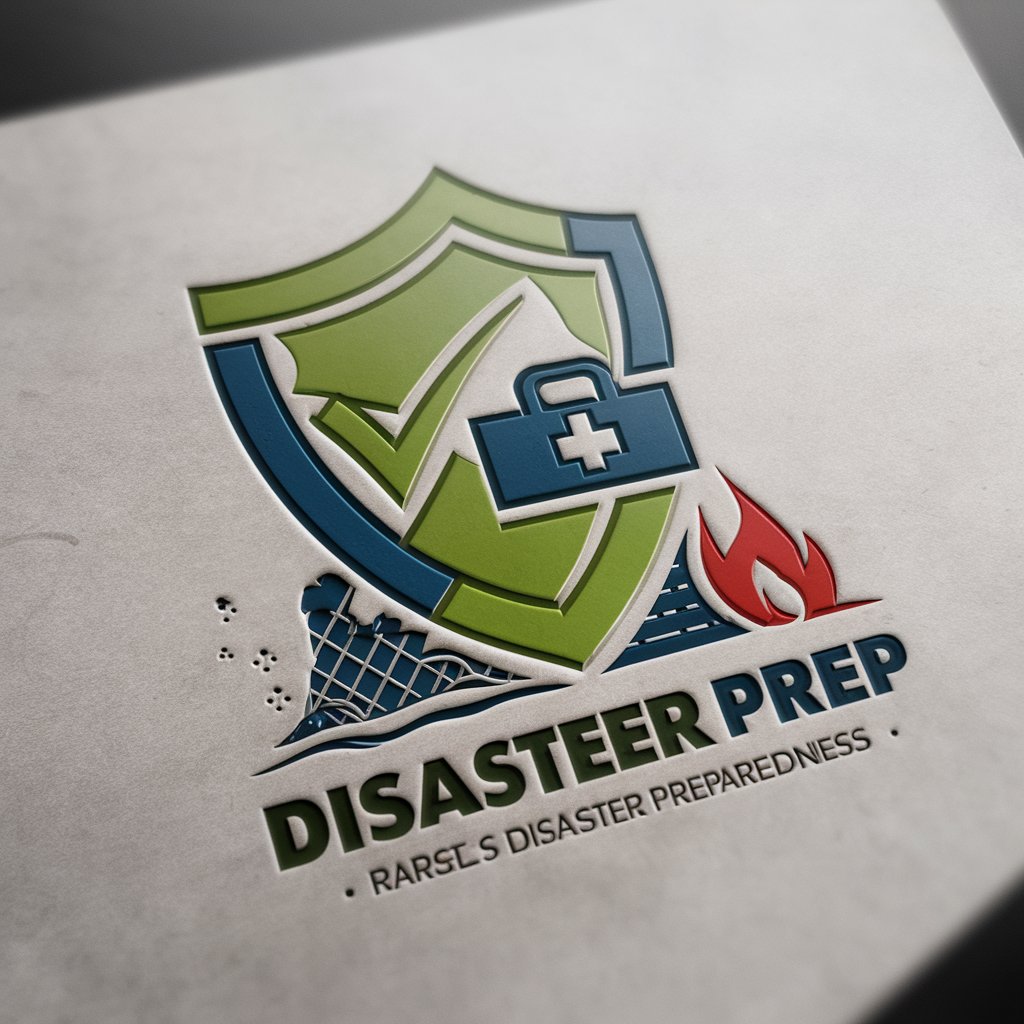
Disaster Program Manager
Empowering disaster response with AI
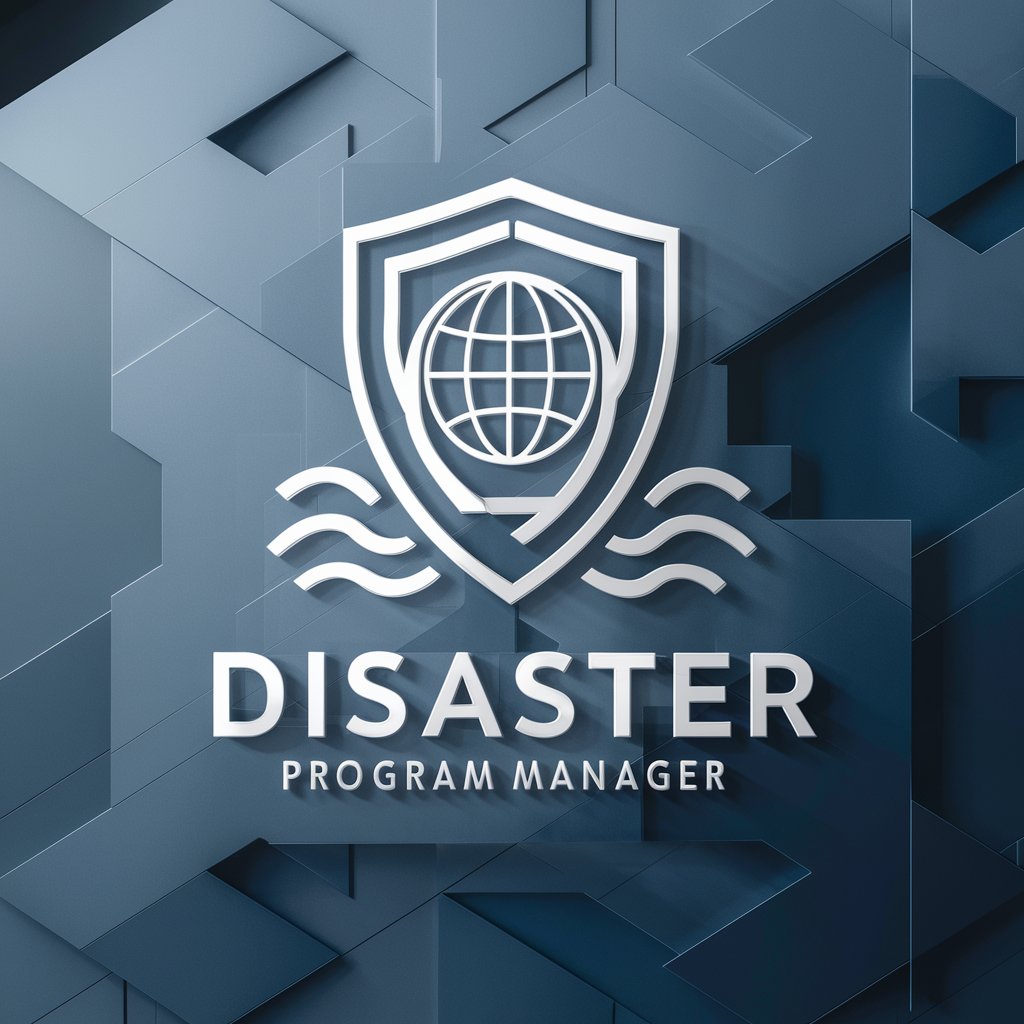
Frequently Asked Questions about Disaster Response and Analysis
What data inputs are most effective for using Disaster Response and Analysis?
Effective data inputs include satellite imagery, disaster impact reports, demographic and infrastructure data, real-time emergency response data, and historical disaster data sets.
How can this tool help in real-time disaster response?
The tool analyzes incoming data to provide quick assessments of impact areas, predicts potential further impacts, and suggests optimal deployment of resources and personnel.
Can Disaster Response and Analysis predict future disaster impacts?
Yes, by using historical data and trend analysis, the tool can forecast potential disaster impacts, helping to prepare and mitigate effectively before the disaster strikes.
Is Disaster Response and Analysis suitable for academic research?
Absolutely. Researchers can use the tool to study disaster trends, assess mitigation strategies, and publish findings on disaster preparedness and response efficacy.
What are the limitations of Disaster Response and Analysis?
While powerful, the tool relies on the quality and completeness of data provided. Inaccurate or incomplete data sets can limit the effectiveness of predictions and analyses.

